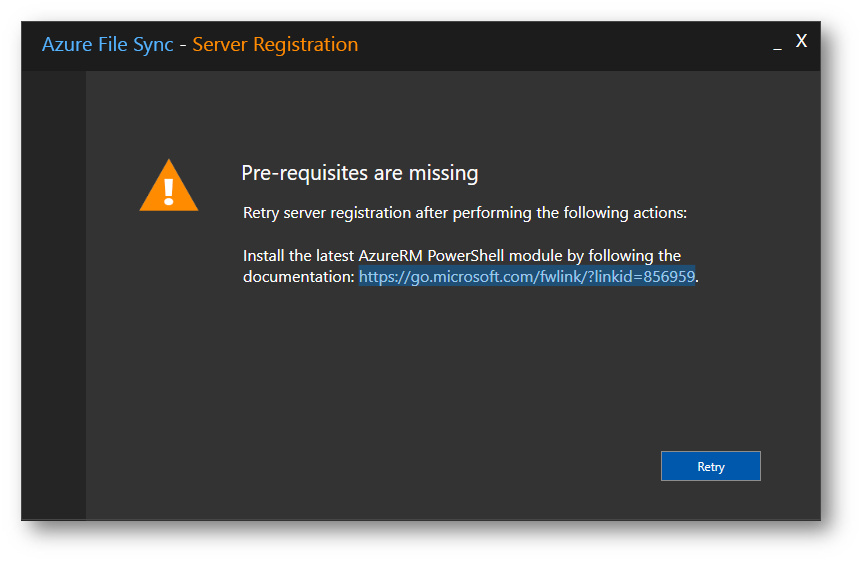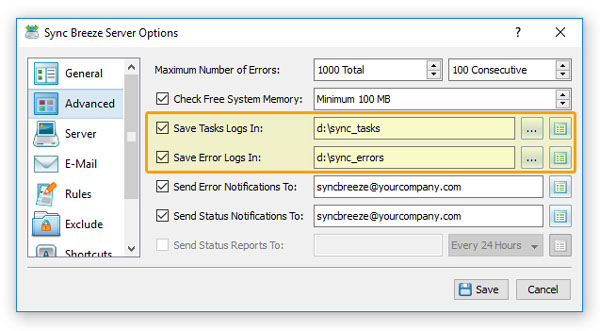
- #WINDOWS SERVER FILE SYNCHRONIZATION HOW TO#
- #WINDOWS SERVER FILE SYNCHRONIZATION SERIAL#
- #WINDOWS SERVER FILE SYNCHRONIZATION SOFTWARE#
- #WINDOWS SERVER FILE SYNCHRONIZATION OFFLINE#
- #WINDOWS SERVER FILE SYNCHRONIZATION PROFESSIONAL#
#WINDOWS SERVER FILE SYNCHRONIZATION OFFLINE#
Configure Offline Files settings to control caching options and disconnection response.īefore you can make any content available offline, you must enable the use of Offline Files on your computer.Make one or more files or folders available offline.

#WINDOWS SERVER FILE SYNCHRONIZATION PROFESSIONAL#
There are three steps involved in setting up your Windows 2000 Professional computer to use Offline Files: Windows XP has dropped support for the Briefcase and uses Offline Files exclusively.Ĭonfiguring Offline Files in Windows 2000 Professional With Offline Files, multiple users can modify files while working offline, and the Synchronization Manager will allow the user to choose how the network and local copies will be updated when the offline users reconnect to the network. Offline Files was designed with the network in mind and offers more convenient functionality when working with files stored on a network server.
#WINDOWS SERVER FILE SYNCHRONIZATION SERIAL#
The Briefcase works best when moving files between two computers that are connected via a direct cable connection such as a serial null modem cable, or to keep files transferred via floppy, Zip/Jaz, CD, or other removable storage device in sync. Windows 2000 still includes the Briefcase, although it is no longer placed on the desktop by default (to create a Briefcase, right-click on an empty space on the desktop and select New | Briefcase from the right context menu). In Windows 95/98 and NT 4.0, the Briefcase offered limited functionality for synchronizing files between two computers. The default configuration settings for Offline Files are, in general, optimized for the needs of mobile users.
#WINDOWS SERVER FILE SYNCHRONIZATION HOW TO#
I will discuss how to configure cache limits later in this Daily Drill Down. Now mobile users can be assured that they are working with the most up-to-date versions of network files, navigate through mapped network drives even when disconnected, and easily synchronize changes with the network when they plug back into the network.īecause mobile users often have to contend with disk-space limitations on laptops or notebooks, the Offline Files feature allows the administrator to specify the amount of space that can be used for automatic caching of offline files on the local computer (this does not limit the ability to store additional offline files manually). The biggest beneficiaries of the Offline Files feature are users of mobile computers who frequently connect and disconnect from the network to use their computers at home or on the road. Any file or folder that is shared on a Microsoft network can be made available offline, as long as the computer on which they are stored supports SMB-based file and printer sharing (this includes all Windows 9x and NT4/2000/XP computers).īenefits of Offline Files for mobile users

Best of all, when you reconnect, all the changes you have made to those files will be made to the files on the network, via offline file synchronization. To the user, this is transparent you will still have the same access permissions to the files and folders that have been made available offline as when you are connected to the network. Offline Files allows you to keep using network files, folders, and applications when disconnected from the network. The Offline Files feature is designed to improve management of user data, along with the Synchronization Manager, Roaming Profiles, the Disk Quotas feature, and the ability to control user data via Active Directory and Group Policy.
#WINDOWS SERVER FILE SYNCHRONIZATION SOFTWARE#
Easier automated installation and maintenance of software.

Microsoft’s IntelliMirror is a group of individual operating system features that provide four basic services: In this Daily Drill Down, I will introduce you to the Windows 2000 Offline Files feature, which is an integral component of the multilayered IntelliMirror technology that allows administrators to exercise more control over network resources and provides users with convenient ways to work with network data and programs. Both Windows 2000 Professional and Server support the Offline Files feature, but many users of the operating system remain unaware of what it is, how it works, and how it can benefit them. Offline Files is another in the long list of new features Microsoft boasts of in the Windows 2000 documentation. In this Daily Drill Down, Debra Shinder introduces you to Offline Files. Has Windows' Briefcase feature let you down before? Look to the Windows 2000 Offline Files feature to eliminate many synchronization headaches.


 0 kommentar(er)
0 kommentar(er)
